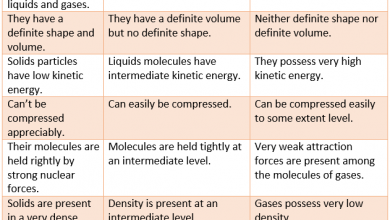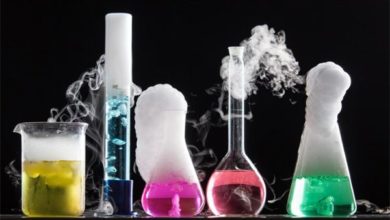Difference between Nitrate and Nitrite
In this post, you are going to learn about the Difference between Nitrate and Nitrite step by step with Diagram.
This post includes:
- What are Nitrates?
- Examples and Applications of Nitrates in our daily life
- What are Nitrites?
- Examples and Applications of Nitrates in our daily life
- Comparison of Both Nitrates & Nitrites
- Lots more
So if you want to get benefits from this post you’ll love this post.
Let’s Dive right in…
An Overview
Nitrates and Nitrites both terms that are interchangeable to each other that made people often confuse by pronouncing and meaning perspectives. both are two different kinds of chemical compounds. the Basic Difference between Nitrate and Nitrite is that Nitrite has a bent molecular geometry, form weak acid such as nitrous acids, and can be oxidized to form nitrates while nitrate has trigonal planner geometry, form strong acid like nitric acid, and can be reduced to form nitrites.
the Nitrates (NO3) are always inert and Stable. they can not change and can cause harm to human beings. on the other hand, Nitrites (NO2) can be changed into nitric oxides that are not harmful as they are very beneficial to human beings. so basically both are the parts of the nitrogen cycle.
both belong to the inorganic compounds that are composed of nitrogen and oxygen. as for as, the number of oxygen atom bring change in the structure, chemical properties and shape of both the compounds. nitrites are made up of two oxygen and one nitrogen atom bonded together whereas, nitrates are made up of one nitrogen and three oxygen atoms chemically bonded with each other.
Difference Between Nitrate and Nitrite in Tabular Form | |
Nitrate | Nitrite |
They are inorganic polyatomic ions having a -1 charge on them. | They are inorganic polyatomic ions having a -1 charge on them. |
Nitrates are made with the joint of 1 nitrogen and 3 oxygen atoms. | Nitrates are made up of two oxygen and one nitrogen atom. |
They are reduced to make different forms of nitrites. | They are oxidized to form nitrates instead of reducing. |
Their oxidation number is +5. | Their oxidation number is +3. |
They are formed with strong acids such as nitric acid. | They are formed with weak acids such as nitrous acid. |
Nitrates possess a trigonal planar geometry. | Nitrites possess a bent molecular geometry. |
The anionic molar mass is 62g/mol. | The anionic molar mass is 46g/mol. |
Nitrates are commonly used in many fields such as agriculture for fertilizer, as in food for preservation, many medicines, paints, explosives, and gases. | the production of meat and fish products at a large scale is due to the use of nitrites. |
nitrates can be changed into nitrites by the process of reduction and nitrites also change into nitrates by the process of oxidation. the nitrates and nitrites of sodium are often used for food preservation purposes. both of the preservative types are commonly used in meat to restrict the growth of bacteria.
using an excessive amount of both types of nitrates is dangerous and creates problems for digestive system parts and function.
What are the Harmful effects of Nitrites?
nitrosamines are formed due to nitrites which caused many types of cancers in the human body. the university of Hawaii studied that overconsumption of nitrites in meat increase 67% chances of pancreatic cancer.
if you cook at high heat, the chances of nitrosamine production increases. moreover, the excessive amount of cigarette smoke can also increase nitrosamine.
FAQ’s
- Which is worse nitrite or nitrate?
Answer: nitrates and nitrites are naturally occurring ions and are considered part of the nitrogen cycle. nitrite is more toxic than nitrate hence, it is used as food by many plants.
2. Do plants use nitrate or nitrite?
Answer:
3. How does nitrate become nitrite?
Answer:
4. Why do nitrite and nitrate have the same charge?
Answer:



